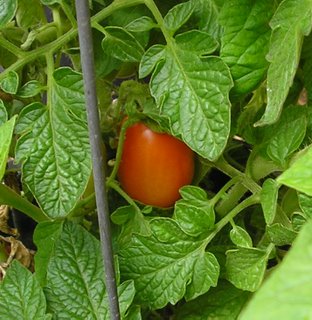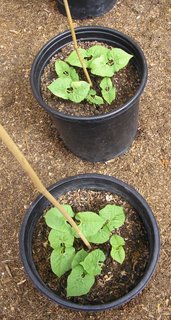
In Berkeley the University of California is planning to tear down a woodland grove of Coast Live Oaks (at least one estimated to be 200-300 years old), a massive Bay tree, and several Redwoods. And for what reason? To build a new sports training facility. Sure, that's what the world needs--fewer oaks, more jocks!
 This urban forest is a well-established and thriving ecosystem. Normally, the Coast Live Oaks would be protected under the City of Berkeley's Live Oak Protection Ordinance, but because the university is a state institution, it has declared that it does not need to abide by the local ordinance.
This urban forest is a well-established and thriving ecosystem. Normally, the Coast Live Oaks would be protected under the City of Berkeley's Live Oak Protection Ordinance, but because the university is a state institution, it has declared that it does not need to abide by the local ordinance.An effort has sprung up to persuade the University of California to reconsider. There are at least two other sites that the university could consider for building this new sports facility, but without significant public pressure, it's doubtful that they will revise their plans and leave the oaks in place. If you're interested in joining a grass-roots citizens' campaign to protect this woodland, visit Save the Oaks at the Stadium to learn more and participate in their efforts.
Berkeley is a wonderful, weird place that feels like it's always teetering on the sharp edge between wonderland and an insane asylum. It really needs to hang on to every scrap of nature it can, just to keep it from spinning off the face of the planet.









